De Reus Architects on the Importance of Life-Enhancing Architecture
Mark Edison de Reus, the founding design partner of award-winning de Reus Architects, shares his approach to commissions and what he loves about the profession
Mark Edison de Reus, the founding design partner of award-winning de Reus Architects, shares his approach to commissions and what he loves about the profession
Mark Edison de Reus, founder of de Reus Architects, came to the profession in an unusually hands-on manner—via an apprenticeship in construction. “Architecture is exciting,” he says. “It has epic history, it’s current, it’s changing for the future. To discover it as an intellectual, artistic, and practical pursuit was thrilling.”
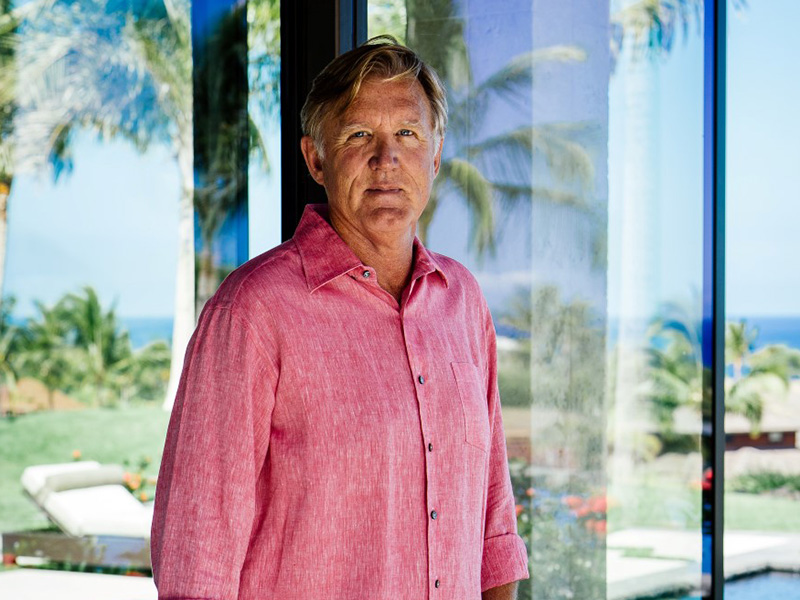
Your website says: “We look at architectural design differently.” How does this manifest?
We don’t have a signature style like many architects, which means we’re not bringing preconceived notions of what is trendy, or what makes a design statement. Our design work is about discovering the spirit of each place, and our practice is based on being collaborative. We work across styles with the goal of enhancing life and creating enduring architecture.
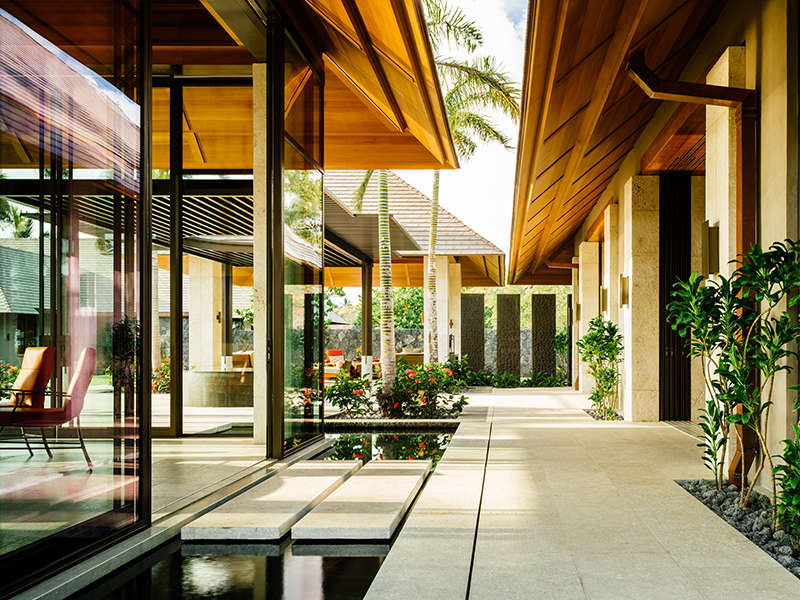
Did you always want to be an architect?
Unsure as to what I wanted to study after high school, I worked in construction in a mountain resort town in Idaho. The builder gave me a well-rounded apprenticeship and my interest in design came from this experience—I then enrolled in the College of Art and Architecture at the University of Idaho.
How has the COVID-19 pandemic affected your work?
Our firm switched over to a cloud-based platform a few years ago, which, together with videoconferencing, made working from home possible and efficient. To help a collaborative studio exchange we hold intra-office teleconferences to highlight projects and discuss best practices.
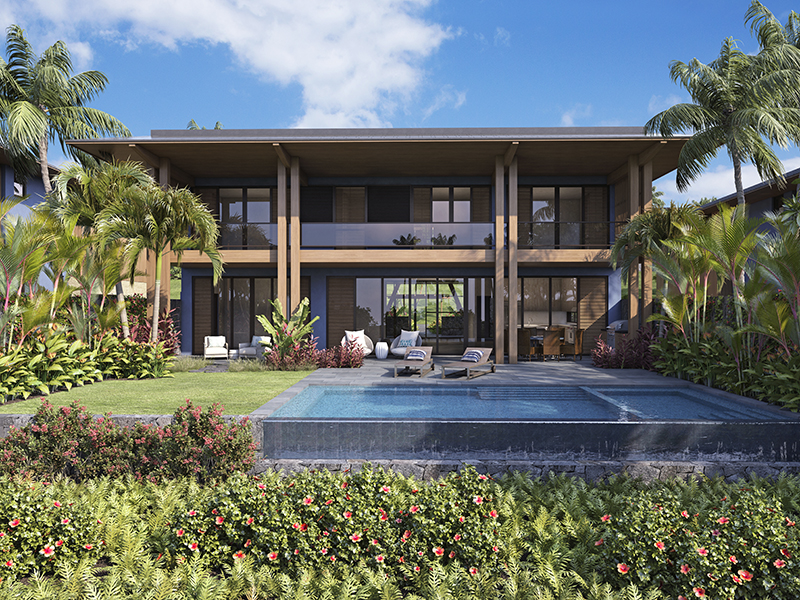
In what ways has working in Asia and the United States shaped your work?
Living and working in Indonesia during the ’90s has influenced my work in ways I could not have predicted. As one of four directors in a firm of 90, the new experiences of collaborating and interacting with clients—and our international and local staff of architects and designers—broadened and deepened me professionally.
Our practice is oriented to be collaborative and that starts with the client. We listen to their needs and aspirations
You have offices in Hawaii and Idaho. How are projects different in each of these locations?
Architectural designs still have to be connected to their place and be appropriate to each setting. So, having studios in both the tropics and mountains, and working in different cultures, only enhances the opportunity to understand regional vernaculars and climates. The differences in design response to the climates are straightforward. Most interesting though, is that working in different locations, and the variety of site context, gives us more opportunities for discovering the spirit of the land and finding conceptual insights to the design.
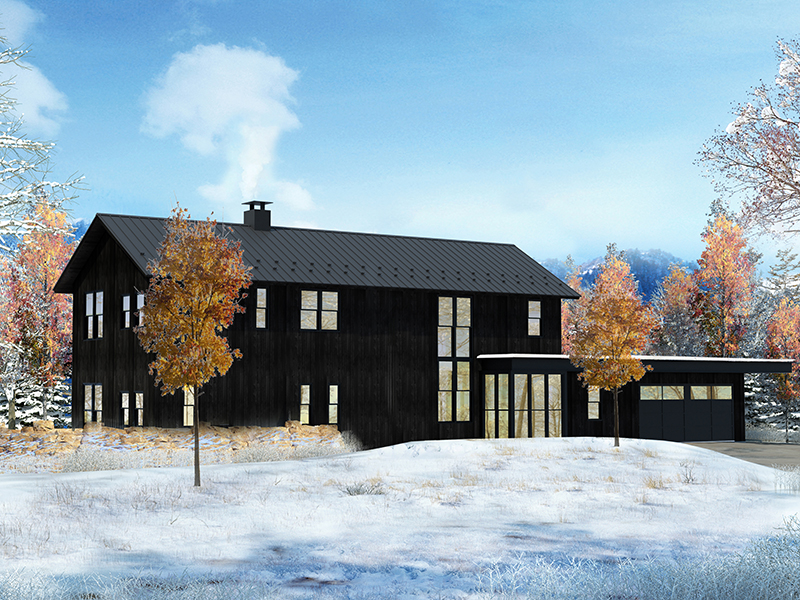
How has technology changed the way you work?
Advancements in technology have always influenced and changed how buildings are conceived, designed, and constructed—our practice is no different. Architectural technologies like Building Information Modeling (BIM), enhanced CGI, cloud-based storage, and virtual reality all provide opportunities to work more efficiently. Modeling designs and details is now done in 3D and clients really love to see the design progress through the various stages of development.
In what way do you approach a residential commission?
Forty years of practice have proven that our best work is done when clients appreciate design, support creativity, and have realistic expectations. Our practice is oriented to be collaborative and that starts with the client. We listen to their needs and aspirations.
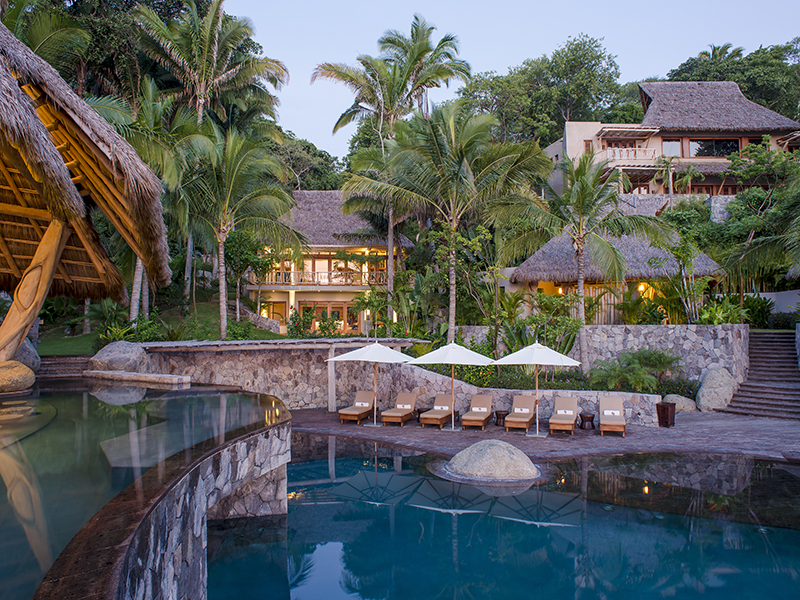
What unites your work?
Some of the unifying aspects to our work are: connection to the identity of each place; finding design innovation appropriate for the land and for the client; and achieving a design that feels harmonious in its composition.
Working in different locations gives you an opportunity to discover the spirit of the land and find conceptual insights to the design of a building
How do you approach a resort commission?
We use the same modes of working and the same values and approach as we do with a residence; the trend with luxury hospitality is to become more residential and less corporate. Collaboration is even more important as the project team is usually larger with the resort developer, the hotelier, and the consultant team.
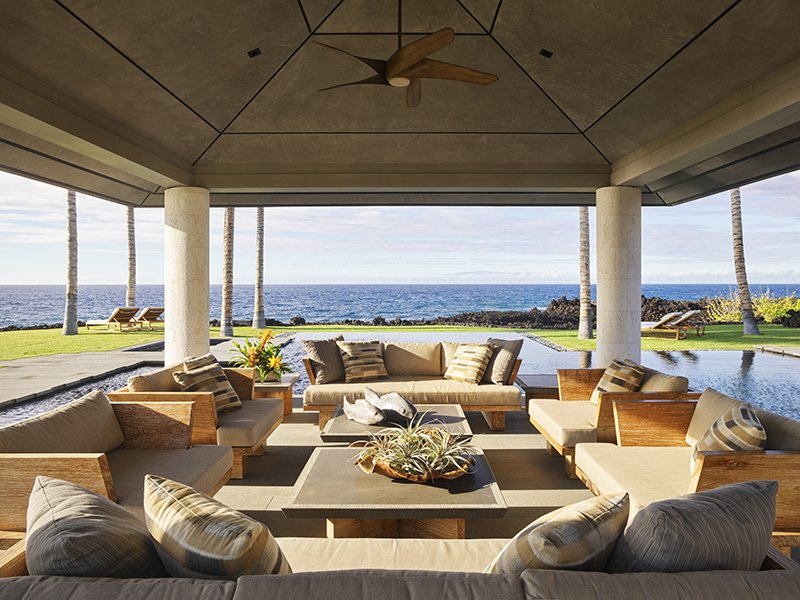
What do you love about your work?
Architecture is a noble profession, and I am passionate about the entire practice. The design and building-making are the most exciting parts to me, but the history of the profession and how it has evolved, what the future holds, interacting with clients, and seeing them inhabit and use the buildings, is very fulfilling.
What’s your unfulfilled ambition?
To design a secular chapel.
Banner image: The exterior of the South Kohala home, which is organized as a series of interlocking, but separate, pavilions. Image: Matthew Millman